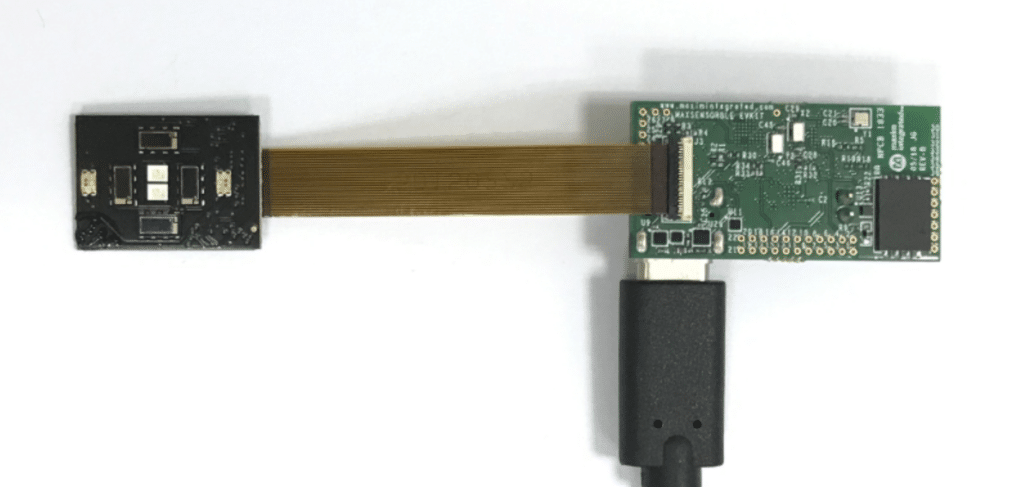With dual optical channels, flexible interfaces, and a rechargeable battery, it provides a ready-to-use platform for wearable development, making early detection of health issues more accessible than ever.

Pulse oximeters and heart-rate monitors are vital in healthcare, fitness, and wellness, measuring blood oxygen (SpO2) and heart rate for real-time health insights. Their use has expanded from clinics to wearables, aiding early detection of issues like hypoxia, arrhythmias, and COVID-19 symptoms.
Reference designs streamline device development, ensuring accuracy, low power consumption, and compact integration for quick deployment in hospitals, wearables, fitness trackers, and remote monitoring.
The reference design MAXREFDES280 by Analog Devices outlines the preparation and operation of the MAXREFDES280#from Analog Devices, integrated into a wrist-worn design to collect biometric signals. It streams raw photoplethysmography (PPG) data for further processing to monitor vital signs, such as heart health and blood oxygenation, using the biosensor’s measurements.
The sensor band provides a convenient platform for evaluating the performance of the MAX86171 optical analog front-end (AFE) across various body sites, with a focus on wrist-based applications. The MAX86171 supports both I2C and SPI-compatible interfaces, offering flexibility in integration.
This AFE features two optical readout channels that can operate simultaneously, ensuring reliable data acquisition. Users can easily configure the \band to optimize signal quality while maintaining minimal power consumption, making it ideal for low-power wearable designs.
The band facilitates rapid learning on how to set up and utilize the MAX86171, offering users a straightforward evaluation experience.
The hardware setup of comprises two main boards. The MAXSensorBLE# serves as the primary data acquisition board, while the MAX86171_OSB# acts as the sensor daughter board, housing the MAX86171 AFE.
The entire system is powered by a rechargeable lithium polymer (LiPo) battery, which can be conveniently recharged via a USB-C port. The sensor band includes the MAX86171ENI+ in a 28-bump wafer-level package (WLP), ensuring a compact and efficient design suitable for wearable devices.
Analog Devices has tested the design includes comprehensive integration resources. These design files feature a schematic, PCB layout, bill of materials (BOM), and evaluation kit (EV Kit) documentation.
Users can access the EV Kit’s schematic, PCB layout, and BOM to support further customization and evaluation. The complete design files are available for download as an 8.01 MB package, providing all necessary documentation for seamless integration. For more information, click here.






